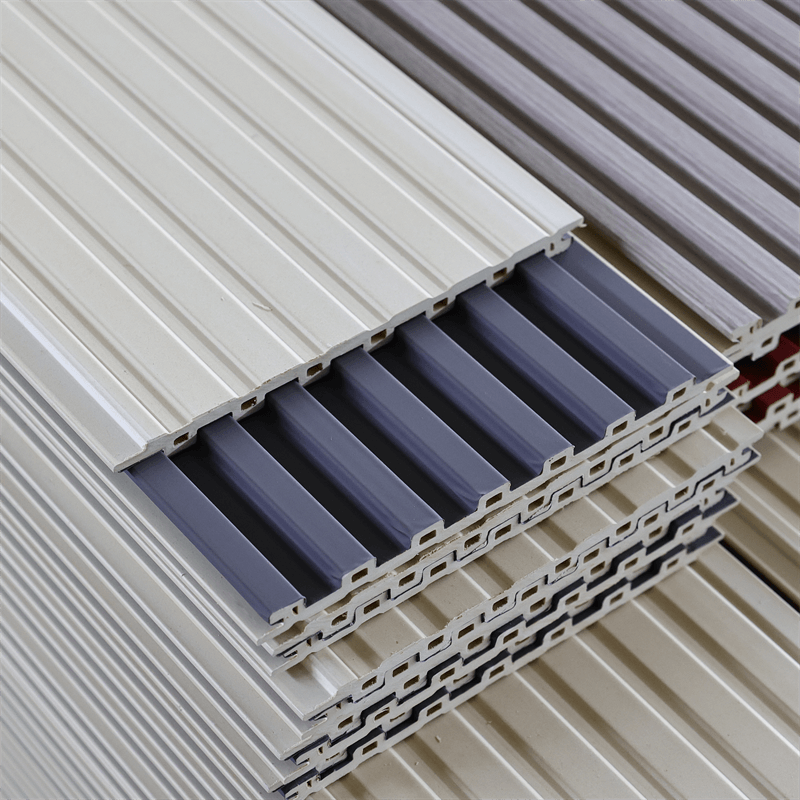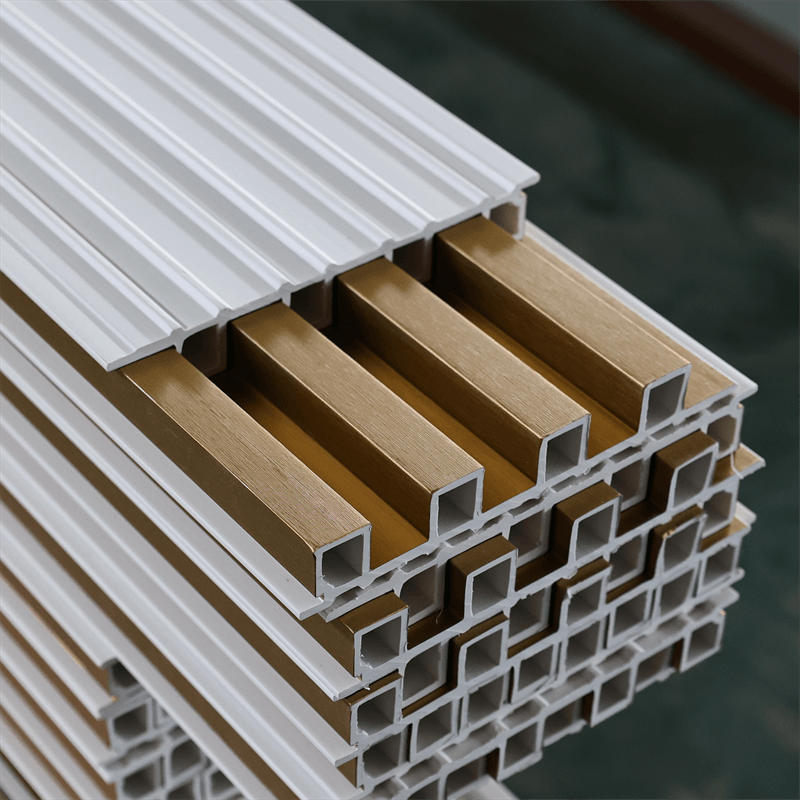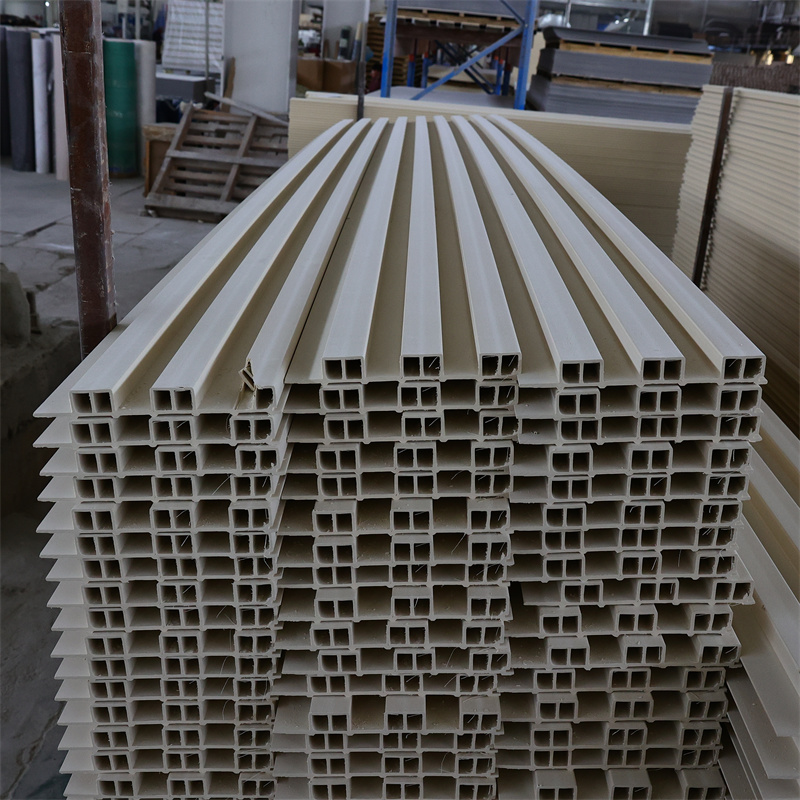In recent years, Wood-Plastic Composite (WPC) wall panels have gained popularity in the construction industry due to their eco-friendly nature, durability, and versatility.
Kenya, known for its rich biodiversity and commitment to sustainability, has embraced the WPC wall panel trend with open arms.
Beyond the traditional applications in residential and commercial buildings, WPC panels have found innovative uses across various sectors in the country.
In this article, we will explore the diverse and creative applications of WPC wall panels in Kenya, showcasing their potential beyond conventional construction.

1. Sustainable Outdoor Spaces:
One of the innovative applications of WPC wall panels in Kenya is the creation of sustainable outdoor spaces.
With the nation’s scenic landscapes and abundant wildlife, there is a growing need to develop eco-friendly leisure areas that blend harmoniously with the environment.
WPC panels, being a blend of wood fibers and recycled plastics, provide an ideal solution for outdoor decking, patios, and walkways.
Manufacturers and suppliers in Kenya have recognized this opportunity and are producing WPC wall panels specifically designed for outdoor use.
These panels offer excellent resistance to moisture, rot, and UV rays, making them ideal for withstanding the country’s diverse weather conditions.
Additionally, the use of recycled materials in WPC panels aligns perfectly with Kenya’s commitment to environmental conservation.
Moreover, the availability of various colors and textures allows designers and architects to create unique and attractive outdoor spaces that enhance the overall aesthetics of resorts, national parks, and recreational areas.
As a result, WPC wall panels are contributing to the growth of sustainable and visually appealing outdoor spaces across the country.
2. Furniture and Interior Design:
Beyond traditional applications, WPC wall panels are making their mark in the world of furniture and interior design.
Furniture manufacturers in Kenya are increasingly incorporating WPC panels into their designs to create innovative and eco-friendly pieces.
WPC panels, with their wood-like appearance and durability, provide an excellent alternative to traditional timber.
Manufacturers are now crafting WPC-based furniture such as tables, chairs, and cabinets that add a touch of elegance to homes and offices.
In interior design, WPC wall panels are gaining popularity as decorative elements.
They are being used to create accent walls, room dividers, and textured surfaces, enhancing the aesthetics of living spaces.
The availability of different panel designs and patterns allows interior designers to experiment with various styles, adding a contemporary and eco-friendly touch to modern interiors.
Additionally, the low maintenance and easy installation of WPC panels make them a preferred choice for interior designers and homeowners alike.
As more suppliers enter the market, the price of WPC wall panels is becoming more competitive, making them accessible to a wider audience.

3. Retail and Commercial Spaces:
WPC wall panels have also found innovative applications in retail and commercial spaces in Kenya.
Retail stores, in particular, are utilizing WPC panels to create eye-catching displays and attractive storefronts.
The versatility of WPC panels allows for easy customization, enabling retailers to showcase their products in a unique and visually appealing manner.
In commercial spaces, such as offices and hotels, WPC wall panels are being used to create functional and stylish interiors.
From conference rooms to lobbies, these panels offer acoustic insulation, making the spaces more conducive to work and meetings.
Moreover, the eco-friendly aspect of WPC panels resonates well with businesses aiming to enhance their corporate social responsibility (CSR) initiatives.
The use of WPC panels in retail and commercial spaces not only enhances the ambiance but also reinforces the brand’s commitment to sustainability.
As more companies prioritize environmental consciousness, the demand for WPC wall panels in these sectors is expected to grow further.
4. Art and Architecture:
Artists and architects in Kenya are pushing the boundaries of creativity by incorporating WPC wall panels into their masterpieces.
WPC panels serve as an innovative canvas for artists to express their creativity through paintings and sculptures.
The ability of these panels to withstand various weather conditions allows for the creation of outdoor art installations that can withstand the test of time.
In architecture, WPC panels are being used to design striking facades and exteriors.
The availability of different panel sizes and shapes allows architects to experiment with unique designs, adding a contemporary and eco-friendly touch to buildings.
As WPC panels can be easily molded and shaped, they offer endless design possibilities that complement the vision of modern architecture.

The innovative applications of WPC wall panels in Kenya have transcended the realm of traditional construction.
From sustainable outdoor spaces to furniture and interior design, from retail and commercial spaces to art and architecture, WPC panels have proven to be a versatile and eco-friendly material.
As manufacturers and suppliers continue to invest in research and development, the cost of WPC panels is becoming more competitive, making them accessible to a broader market.
The embrace of WPC wall panels in Kenya reflects the nation’s commitment to sustainable development and environmental consciousness.
As this trend continues to gain momentum, WPC panels are set to revolutionize the construction and design industries in the country, contributing to a greener and more sustainable future for generations to come.